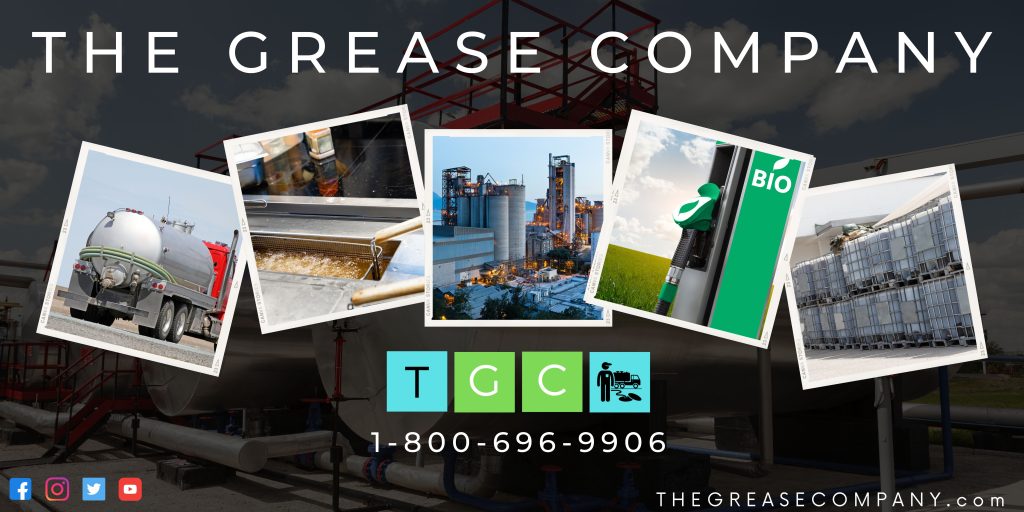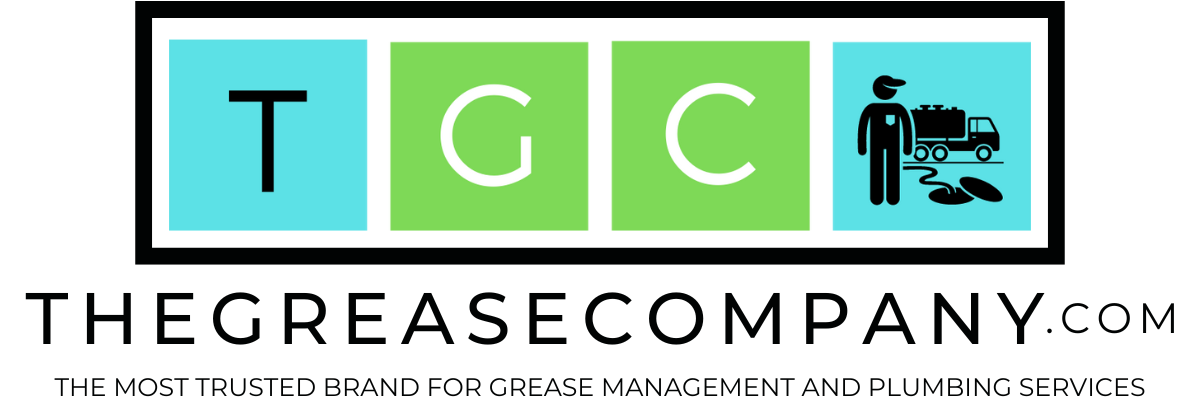

REDUCE GREASE AND SOLIDS WASTE FROM GREASE TRAPS AND GREASE INTERCEPTORS
Grease traps and grease interceptors are the most crucial plumbing equipment in a commercial kitchen. Its primary duty is to prevent fats, oils, grease, and solids (FOGS) waste from entering the sewer line, preventing the pipeline from closing up, leading to a messy overflow. All restaurants and other food servicing establishments must place either a grease trap or grease interceptor to operate a commercial kitchen.

Both grease traps and grease interceptors must be correctly maintained and cleaned, ensuring that its FOGS waste does not go over 25%. Therefore, most grease trap content is wastewater and should never be full of grease or solids. Surpassing 25% F.O.G.S. content can lead to a citation from city officials and drain issues leading to an overflow.
Preventing grease and food solids from going down the drain to the grease trap may be impossible. However, some plumbing equipment is available, assisting with reducing solid waste from entering the gravity device. Placing stainers can prevent food solids from going down the drain. Various drain strainers are available at a plumbing supply house for all drains inside the commercial kitchen. Installing these strainers on the drains and sinks will catch food solids, preventing them from entering the grease trap or grease interceptor.
Kitchen staffs are often in a hectic environment and tend to take shortcuts to save time. Taking preventative measures can eliminate or reduce grease trap and plumbing problems costly to the business. Placing locks on drains and strainers will prevent the worker from removing the apparatus, allowing food solids to enter the plumbing line. Acquiring these specialty products can help with costly plumbing and grease trap issues.
The most common problem that commercial kitchens encounters are slow drainage and grease trap overflows. As part of the best management practice (BMP), before placing anything in the dishwasher, all dishes, plates, utensils, pots, pans, etc., should be free of any food and grease waste. Residue from plates, pots, and pans are to be scraped off and put in the trash to not go into the drain lines or trap. By performing this simple action, you can prevent excessive FOGS accumulation on the main plumbing lines and grease trap or interceptor.
Preventative maintenance is vital to eliminate costly plumbing emergencies that can occur at your business. Most grease traps and grease interceptors require complete pumping and cleaning service every one to three months. Without implementing a regular maintenance plan, the grease trap or grease interceptor fills up with fats, oils, grease, and food solids, causing the plumbing lines to clog and overfill the FOGS separator.
Both grease traps and grease interceptors are not supposed to be filled with fats, oils, grease, and food solids; rather, it should always have no less than 75% wastewater and no more than 25% FOGS to be in compliant with city regulation. Lack and improper service of FOGS control devices will lead to costly clean-up costs, a plumbing disaster, and shut down by the city inspectors.
It is no longer uncommon that the cities throughout Southern California make it mandatory for all food servicing establishments to operate a commercial kitchen. Grease traps and grease interceptors are proven to reduce nearly 80% of all fats, oils, grease, and food solids from entering the city sewer system when properly maintained. Following best management practices can help you save thousands and help prevent sanitary sewer overflows.
To learn more about grease trap or grease interceptor cleaning and plumbing services, call us at 888-697-8910.

